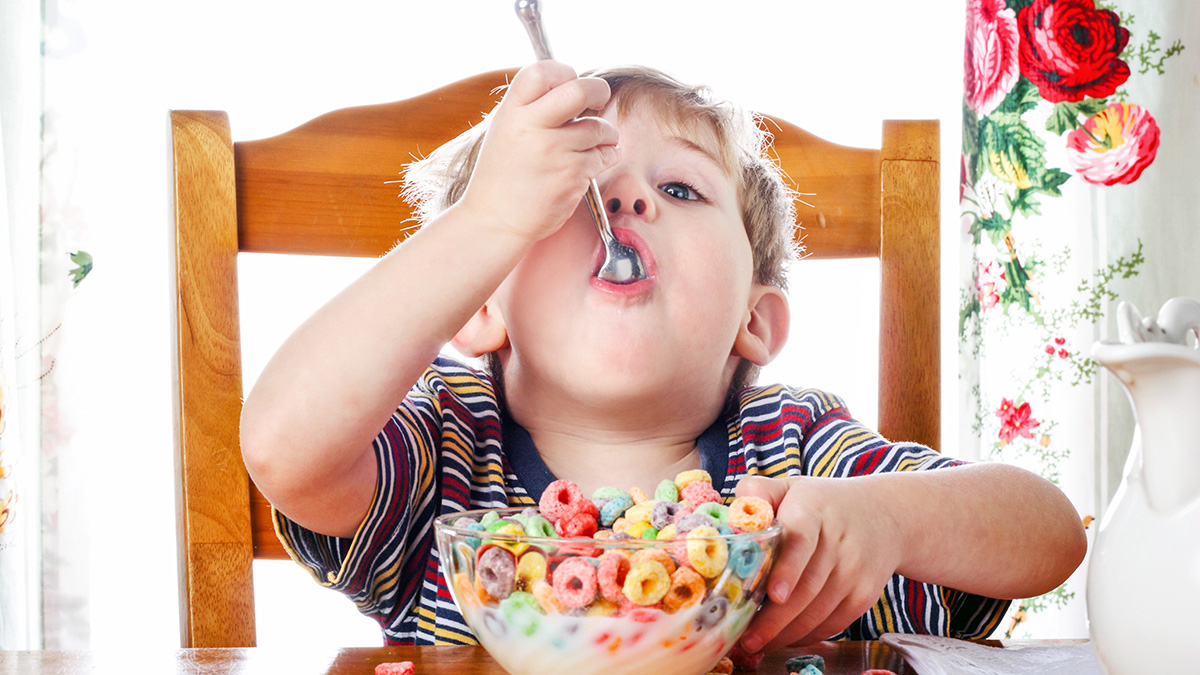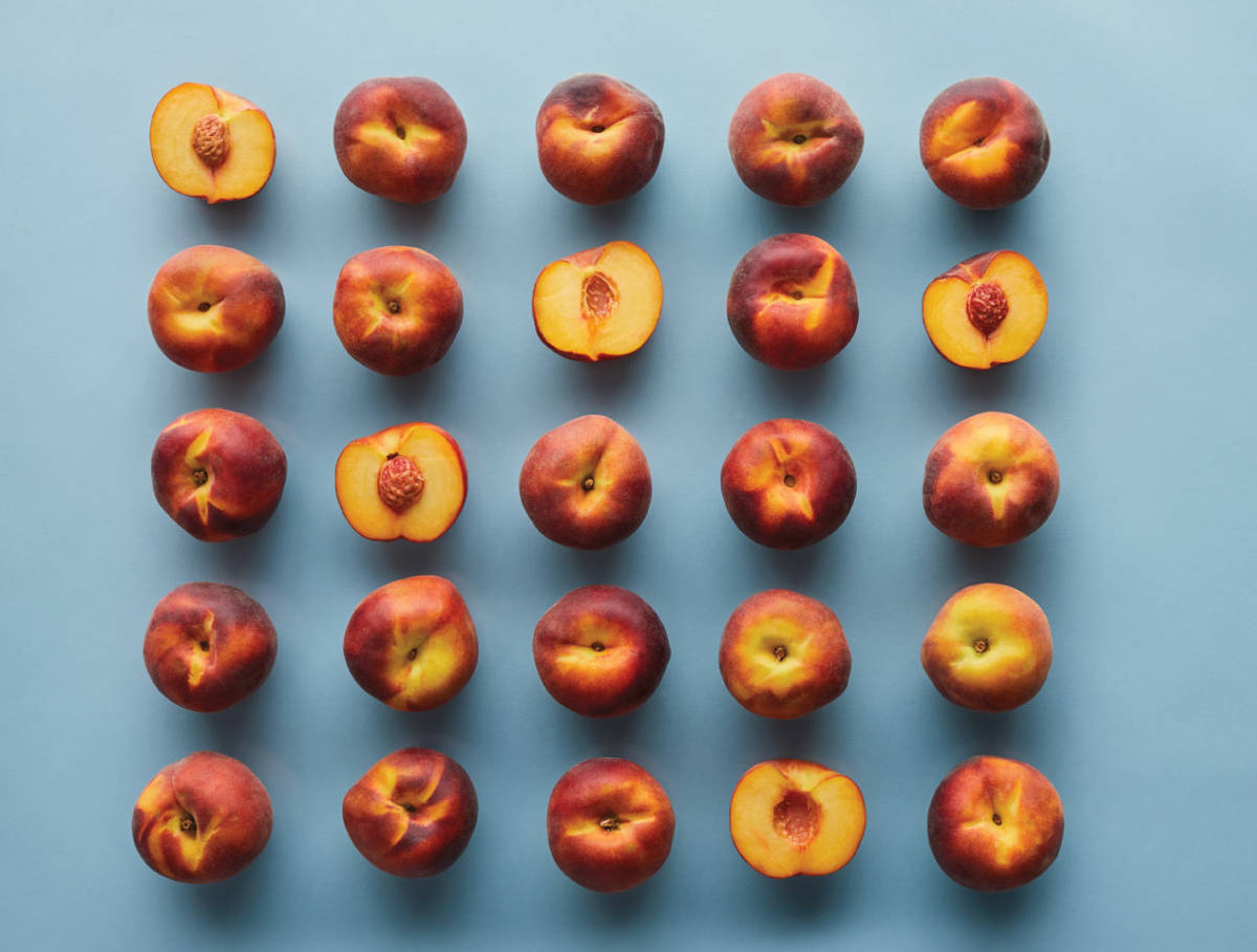How Food Nostalgia Pulls Us Back to the Past (and Influences Us in the Present)
Your food memories are more powerful than you think.
Mar 07, 2022
The smell of fresh-baked cookies wafting through the air takes your mind on a journey, sending you back to your childhood and filling you with warm memories. And with each nibble of that crisp, gooey perfection, a wave of nostalgia rushes through you.
Sometimes, the place to which you are transported is specific; maybe it's Grandma's kitchen, where she's finishing another batch of her ever-popular chocolate chip cookies. Other times, the feeling may be a vague yearning for the past. While having such a strong emotional reaction to something as simple as eating may seem strange, it is quite common, and there is actually a name for it: food nostalgia.
According to Steve Konopelski, a chef instructor at Auguste Escoffier School of Culinary Arts, food nostalgia can be defined as “a sentimental reflection of a food experience or dish that we associate with a happy or meaningful time." Simply put, when you bite into something tasty and are taken back to a memory or experience an inexplicable wistfulness, you are experiencing food nostalgia.
Why we experience food nostalgia
Let's get this out of the way: There is no indisputable scientific explanation of exactly how the body processes smells and flavors and then links them to specific memories. As Brenda Mortensen, food scientist and product development director for Cheryl's Cookies and The Popcorn Factory, puts it, “It's more of a food-sensory study."
That does not mean the phenomenon of food nostalgia is an unsolvable riddle, though. In fact, a number of interesting psychological elements are at play that contribute to our food-induced travels through time.

One reason we may experience food nostalgia is association. For example, “it could start from something that makes you feel good or happy or safe because you had it when you were younger," Mortensen says. "In that way, it's powerful." Konopelski shared a similar sentiment: “Each of us has powerful food memories that shaped and changed our lives."
Craving a return to those moments is only natural. These strong associations can sometimes be exploited, however. Advertising plays a significant role in food nostalgia, according to Mortensen. “Even if you didn't have a specific food a lot, you have this sense of what it is, what it might taste like." That sugary breakfast cereal, for example, may represent childhood even if you did not often indulge in it.
For most, though, food nostalgia is a genuine link to the past through the smell and taste of particular foods. “We all have these food memories," Konopelski says. "They may be life-changing moments, or they might simply be something we took for granted at the time but wish we could go back to."
The role of nostalgia in food
Indulging in reflection and immersing ourselves in the past is actually quite healthy (as long as you don't overdo it). And many foods are developed with the intent to elicit this experience.

Cookie varieties like fruity cereal, cookies and cream, and banana walnut allow us to tap into the memories associated with those flavors and transport us back to those favorable times. Even if we don't have specific memories linked to those flavor profiles, we are still likely to gravitate to foods that have a stronger nostalgic pull.
When choosing a cookie to enjoy, you will probably opt for one with a strong tie to a good memory over one you don't have any feelings about. That's how powerful the experience of food can be. As Konopelski observes, “It is almost guaranteed that any American has a positive memory about chocolate chip cookies."
Mortensen, a key figure behind the timeless flavors Cheryl's produces, says she considers the role of food nostalgia when developing new cookie flavors, such as red velvet or carrot cake. While, as Konopelski points out, “you're a different person now than you were when you took your very first bite and it had an instant and lasting impact on you," the flood of memories that wash over you when you eat something recognizable is undeniable and, food companies hope, irresistible.
The past informing the present
In Konopelski's case, he experiences food nostalgia when he eats a donut. He has vivid recollections from when he was a child of his mother and father baking bread, usually once a week. With the bits of excess dough, Konopelski's father would make donuts dipped in a glaze of powdered sugar and milk, and then dredged in cinnamon.
To this day, Konopelski says, his go-to donut is either simple glazed or cinnamon sugar. And this, in turn, has influenced his own cooking. “When I bake sugar cookies, they are first covered in a simple glaze before decorating," Konopelski shares. “Many of my cakes and other confections are topped with a simple glaze instead of a more complex frosting."
Mortensen has previously shared that she gets her sweet tooth from her mom and her salty food cravings from her dad.
We all, consciously or not, call upon our formative food memories when creating our favorite dishes and desserts. By incorporating the idea of food nostalgia into the recipes we share with others, we further enrich the experience of cooking and eating together, and we all grow a little more connected. And there's something delicious about that.







